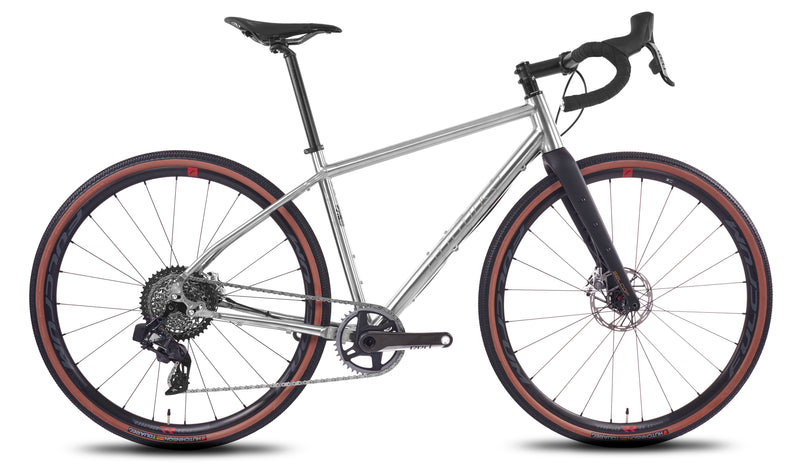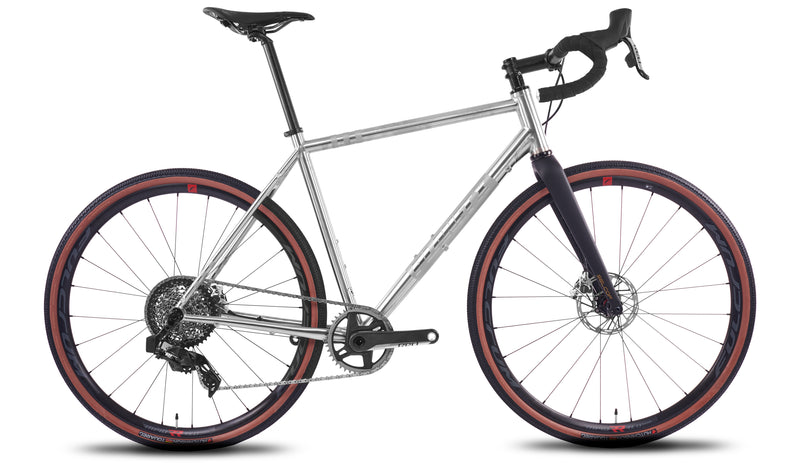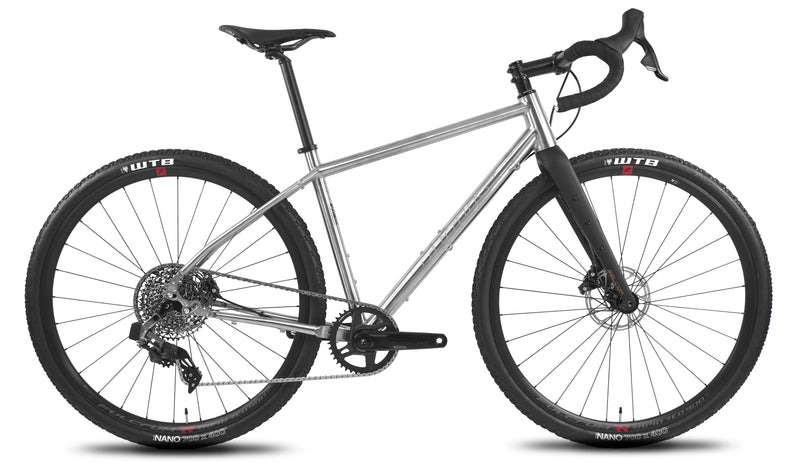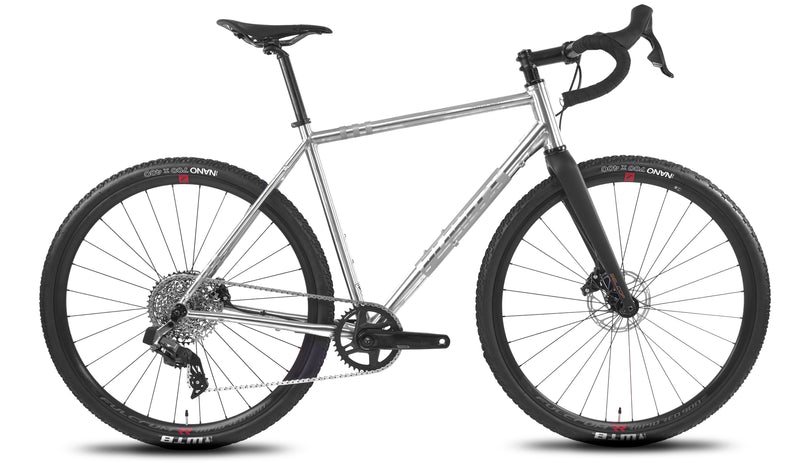Cyclocross vs. Gravel Bikes: Can You Use Gravel Bikes for Cyclocross?
24 April 2023

If you’re looking to get started in cyclocross racing, you may be wondering whether or not you need to buy a purpose built cyclocross bike. After all, gravel bikes are well known for their versatility as all-rounder rides - so do you really need a cyclocross bike in the beginning?
Want to learn more about the differences between gravel and cyclocross bikes? Considering getting a cyclocross bike of your own? Keep reading.
Is a cyclocross bike the same as a gravel bike?
Strictly speaking, a cyclocross bike is a type of gravel bike - all cyclocross bikes are gravel bikes, but not all gravel bikes are cyclocross bikes. They share a lot of features such as drop handlebars and knobbly tyres, so it can be hard to tell the difference between them. However, which bike is right for you depends on the type of riding you’re going to be doing. The umbrella term of gravel bikes covers a wide range of bikes adapted for different terrains and styles of riding. On the other hand, cyclocross bikes are built specifically for cyclocross racing. This means they tend to feature an aggressive riding position.
What is the difference between cyclocross and gravel bikes?
If you’re trying to decide whether to get a cyclocross bike or a gravel bike, it pays to be aware of how they differ from one another.
Geometry is one area of difference. In cyclocross races, riders navigate natural and artificial obstacles such as barriers and blockades. These require the rider to dismount and carry the bike until the way is clear. This is all done as fast as possible in a race setting, so the geometry of a cyclocross bike has to be designed to allow for agile handling in the saddle. Cyclocross bikes also typically have a horizontal top tube to make it easier for riders to shoulder the bike when navigating obstacles on foot. The top tube sometimes has a flat underside to reduce discomfort in these situations. On the other hand, gravel riders rarely need to shoulder their bikes, so the geometry is built for stability.
Additionally, since cyclocross bikes are made for race conditions, they don’t typically feature pannier racks or other storage mounting points - though they may have mounting points for water bottle cages. While you can attach storage bags such as cockpit bags or handlebar bags, your options for carrying luggage may be limited compared to a purpose built bikepacking bike.
Finally, as cyclocross races tend to take place on a narrower range of terrains, these bikes often come with a more narrow selection of gears than an all-rounder gravel bike. This means that a gravel bike will likely be able to tackle certain terrains that a cyclocross bike might struggle with.
Can you race cyclocross on a gravel bike?
So if gravel bikes are so much more versatile, what’s the point in getting a cyclocross bike at all? Well, it’s important to remember that being a jack of all trades often means being a master of none. While gravel bikes are improving all the time, if you’re going for a specific use case, getting a bike that’s right for that purpose is a good way to improve your performance. If you intend to race cyclocross, you may be able to do it on a regular gravel bike, but riding a bike made for cyclocross racing may get better results.
You also need to think about the requirements of the race. Cyclocross races which are regulated by the Union Cycliste Internationale (UCI) have rules relating to the features of your bike. For example, the regulations state a cyclocross bike must have a maximum tyre clearance of 33mm - so if your gravel bike doesn’t fit the spec, you won’t be able to race. However, not all races are regulated so strictly, so you may be able to get a taste for cyclocross with a gravel bike and wait until you’re fully committed to the sport to purchase a new bike.





